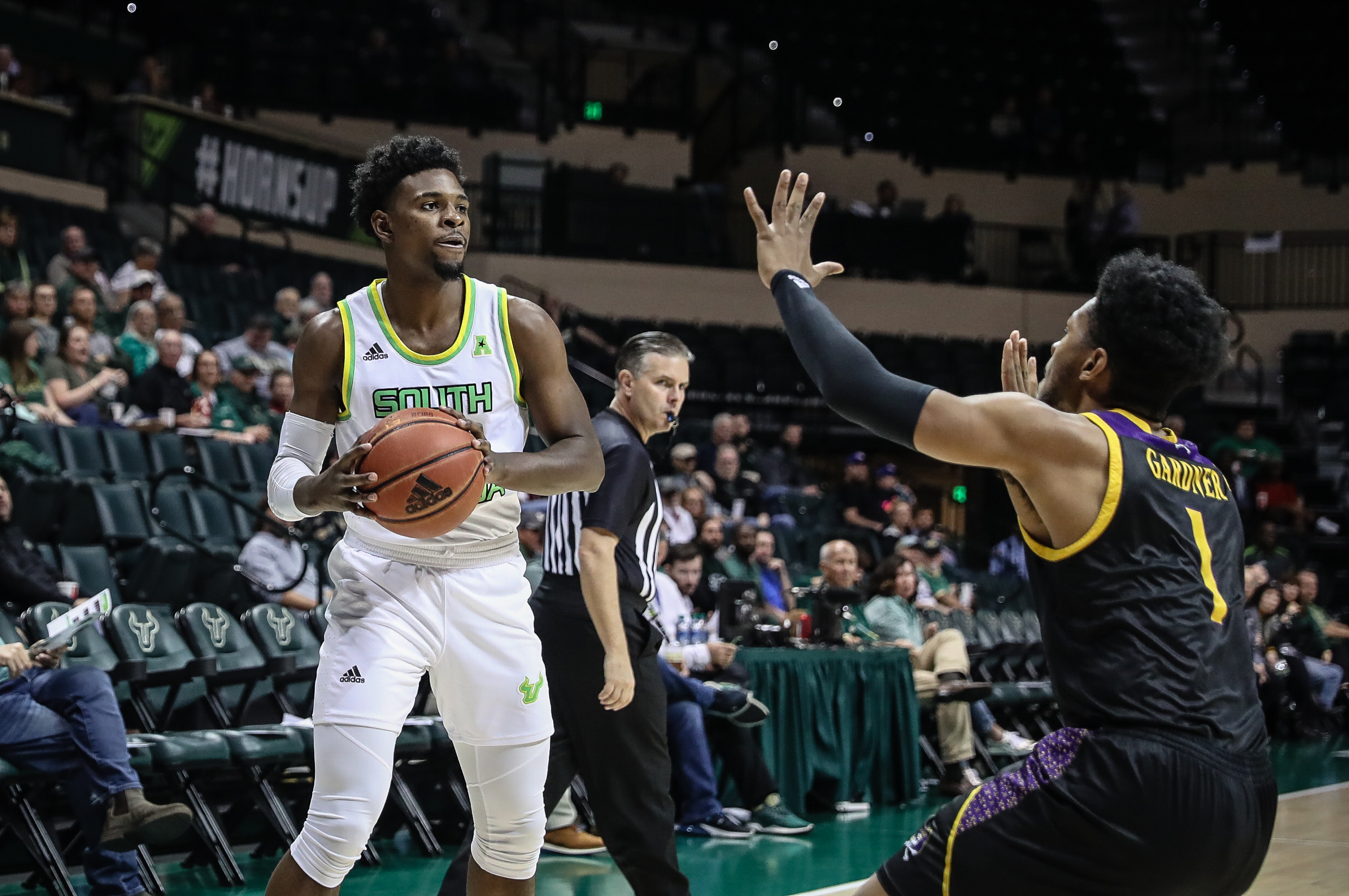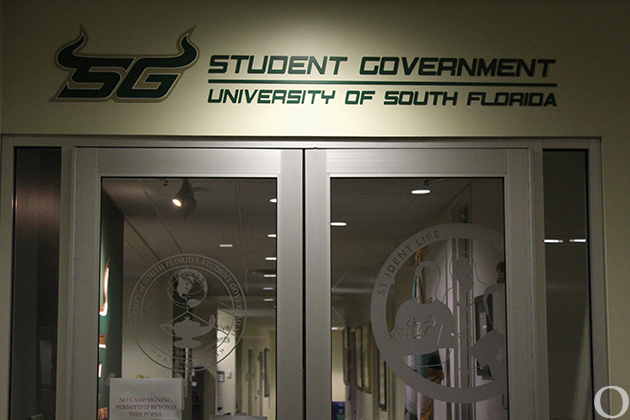Nelson updates public on Dozier research
The body of 15-year-old Thomas Curry was found lying next to the railroad tracks one evening in 1925. His skull was bashed in. Twenty-nine days prior, he had been sent from his home state of Pennsylvania – alive – to the Arthur G. Dozier School for Boys in Marianna, Fla., a school whose odious history has come to mark one of Florida’s darkest chapters.
The night his body was found was the night he tried to run away from the school.
The story was one of several U.S. Sen. Bill Nelson shared Tuesday at a press conference he organized at the Sam M. Gibbons Federal Courthouse intended to provide an update on USF research taking place there.
Since last year, USF has been leading the way in piecing together the fragments of remains, time, truth and history to bring closure and answers for the friends and family of the Dozier boys. Since January, Erin Kimmerle, a USF anthropology professor heading the excavation process, and her research team have spent most of their time in the lab performing skeletal analysis – “a very slow, but thorough process”- hoping to eventually positively identify the remains.
The campus sits on a 1,400-acre perimeter, only five acres of which have been thoroughly searched. In that sliver of land, however, the remains of 55 individuals have been uncovered and the puzzle pieces of history are creating a more cohesive story of what may have transpired there.
The victims discovered so far have all been children, which makes their teeth the most important source of identification, Kimmerle said.
The team has also obtained advanced radiographic equipment, which takes a high-quality digital x-ray that allows for a detailed view of the teeth’s root structures to determine age. Recovered remains are sent to the University of North Texas for DNA testing.
“We finished DNA analysis on 12 individuals,” Kimmerle said. “We were able to determine that of those 12, seven are in fact African-American boys.”
From the remains, they were able to have a facial composite created – the same one positioned beside Nelson during the press conference.
“That was in an effort to put a face with the remains and try to humanize them,” Kimmerle said. “There’s a lot of attention on numbers and sometimes it’s easy to get lost in the abstract aspect of it.”
The bodies were recovered from the north side of the campus – the area believed to have housed the African-American boys during the age of segregation.
Since the beginning of the school in 1900, it accrued a reputation – one that many people once only whispered about and one Nelson remembers hearing of as a boy.
“Part of my family is from the panhandle – not far from Marianna,” he said. “And the rumors among all the country folk was that you didn’t want to go to the Marianna boys’ school.”
Kimmerle said righting some of the historical injustices motivates the group’s research.
“We’ve always approached this as scientists and researchers in that we’re trying to establish the facts of what happened,” she said. “In the course of that we have come to know many of the families very well and have been touched by their stories and lifelong searches to find information.
The research is being funded through a federal grant and an appropriation from the Florida Legislature.
USF’s permit for exhumation, which was acquired after initial resistance in the court system, expires in August, and Kimmerle said thoroughly investigating the large perimeter within that timeframe is unrealistic.
However, she said, the work will not slow down because of that.
“What we’re focused on before August is following up on every credible lead that we’ve had,” she said. “Whether we’ve had somebody tell us information, or historical documentation, or photographs – we want to make sure those areas are thoroughly searched.”
Nelson, however, wants to ensure that all the resources are available to bring closure – including time.
“I want Dr. Kimmerle to get to the bottom of this,” he said. “Because there are a lot of White House Boys – now old men – that deserve answers about their fellow boys in school, especially the families that don’t know what happened, don’t know if there was a crime committed, don’t know how their loved one died.”
Kimmerle said that the lengthy processes is about piecing together history, remembering those who fell victim to it and making sure it’s not repeated.
“It’s very important to us to get those stories together in an archive that will be available to other researchers in the hope of ultimately telling the story and finding the right way to memorialize and remember them,” she said. “And to make sure that these types of injustices don’t happen again.”





